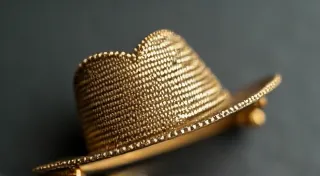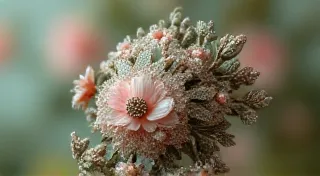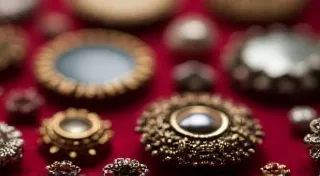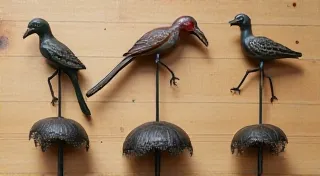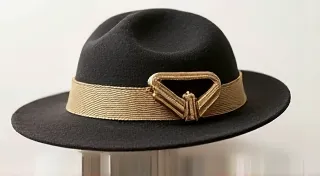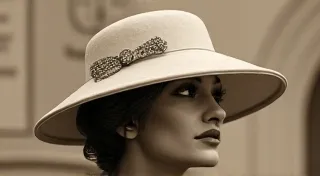Materials Used in Antique Hat Pins: Silver, Gold, and More
Antique hat pins are more than just charming accessories from a bygone era; they're miniature works of art. A crucial aspect of identifying and appreciating these pieces lies in understanding the materials used to create them. From precious metals to unusual glass and mourning materials, the composition of a hat pin can tell you a lot about its age, origin, and even the social context of its creation. For those new to the hobby, understanding these nuances is essential; it's a skill honed over time.
Precious Metals: Silver, Gold, and Pinchbeck
While gold hat pins exist, they are relatively rare and represent the most valuable end of the collecting spectrum. Sterling silver was a far more common choice for hat pin stems and decorative elements. Look for hallmarks, though these are often small and can be worn away. The presence of a hallmark can significantly impact the hat pin’s value and help pinpoint its origin. Learning to decipher these marks is key; a deeper dive into hallmarks and maker's marks on antique hat pins can unlock a whole new level of understanding and help attribute pieces with greater accuracy. Pinchbeck, an alloy of copper and zinc, was also used as a cheaper alternative to silver, especially during the late Victorian and Edwardian eras. It often has a slightly duller appearance than silver.
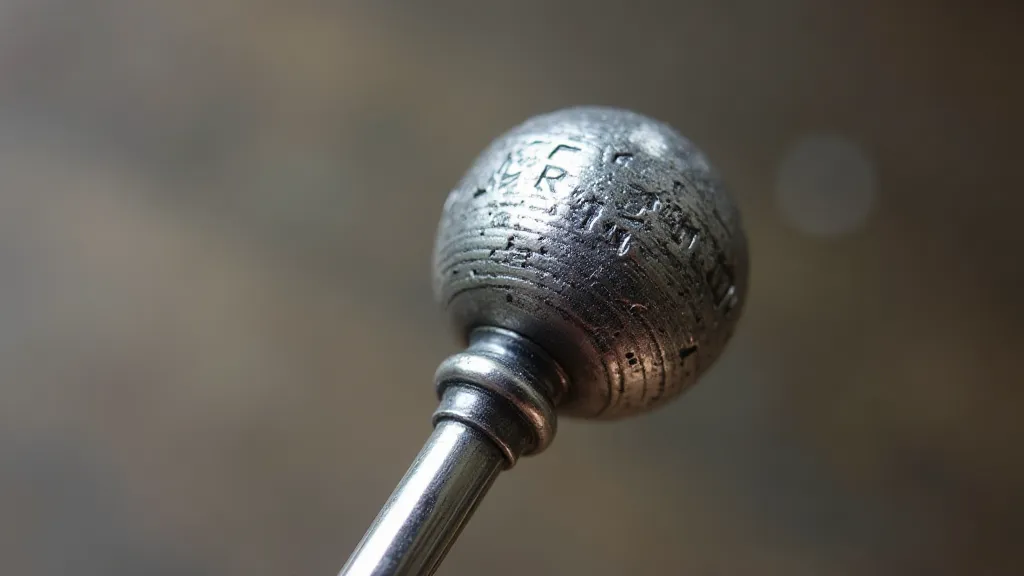
Jet: Mourning and Remembrance
Jet, a type of fossilized wood, was extremely popular in mourning jewelry and accessories during the Victorian era, especially after the death of Queen Victoria in 1861. Hat pins incorporating jet were common expressions of grief and remembrance. Jet is a very black material and can be easily scratched or polished to a high shine. Beware of imitations made from other dark materials like vulcanite, which is less dense than genuine jet. The symbolism of jet and its use in mourning reflects a poignant chapter in history, a sentiment echoed in many other forms of Victorian art and design.
Enamel: Adding Color and Detail
Enamel work was a common technique used to add color and detail to hat pins. Various types of enamel were utilized, including raised enamel (where the enamel is applied above the surface), painted enamel (where enamel is used as a paint), and champlevé enamel (where the metal is carved out to create recesses for the enamel). The quality and complexity of the enamel work can be a key factor in determining a hat pin's value and age. The artistry involved isn't always immediately apparent, and examining the nuances of the enamel can be rewarding for seasoned collectors.
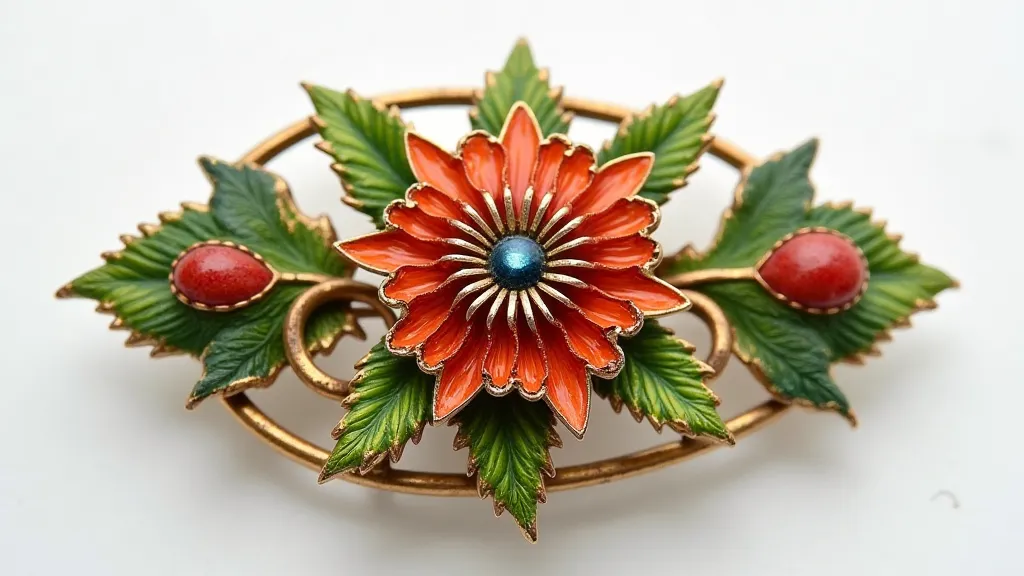
Glass: From Beads to Elaborate Sculptures
Glass played a diverse role in hat pin construction. Glass beads were frequently used as decorative elements, ranging from simple seed beads to more elaborate faceted beads. More elaborate hat pins incorporated sculpted glass elements, sometimes mimicking natural forms like flowers or birds. Look closely for bubbles or imperfections in the glass, which can help identify the manufacturing technique. The techniques used to create these delicate glass components varied greatly, and recognizing these differences often requires a trained eye. Beyond the common forms, some examples truly stand out as rare and unusual antique hat pins, showcasing the incredible skill of the glassmakers.
Other Materials: Horn, Ivory, and More
While less common, other materials were also utilized in antique hat pins. Horn and ivory were occasionally used for stems or decorative pieces, though these are less durable than metal or glass. Bakelite, an early form of plastic, can sometimes be found, typically in later examples (1920s and 1930s). Identifying these materials accurately can require careful examination and experience. The use of these materials also speaks to the evolving manufacturing practices and aesthetic preferences of the time.
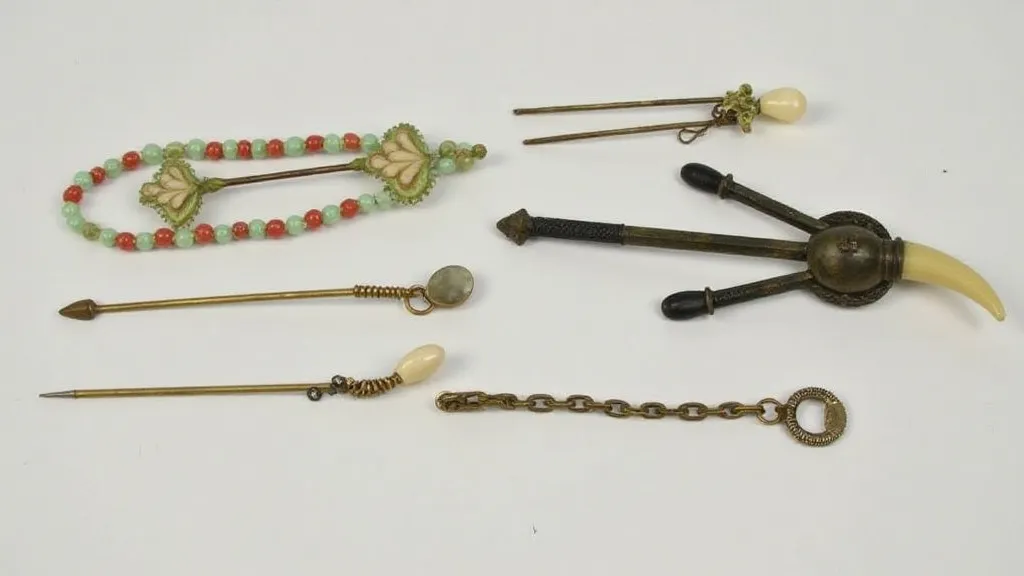
Understanding Condition and Preservation
The materials used directly impact how an antique hat pin ages and requires care. Silver tarnishes, enamel can crack or chip, and glass can become cloudy or scratched. Proper handling and storage are essential to preserving these delicate objects. Thinking about the long-term health of your collection is vital, and knowing how to care for your antique hat pin collection will ensure that these treasures endure for generations.
Recognizing Repairs and Restorations
Over time, antique hat pins often require repair or restoration. Identifying these repairs is a critical skill for collectors, as it can impact a hat pin's value and authenticity. Common repairs include re-soldering joints, replacing missing beads, or re-attaching decorative elements. A keen eye is needed to discern original craftsmanship from later interventions. Sometimes, subtle details reveal a previously unseen history. Learning to recognizing repaired or restored antique hat pins can save you from costly mistakes and help you appreciate the challenges faced by restorers.
A Deeper Dive into Materials and Techniques
Let's examine each material in more detail. Sterling silver, while common, can vary in purity and quality. Look for hallmarks indicating the silver content. Pinchbeck, often mistaken for silver, has a distinctive duller appearance and lacks the same weight and feel. Gold hat pins are far less common and are often more elaborate in design, reflecting their higher value.
Jet, prized for its deep black color and ability to be polished, was a staple in Victorian mourning jewelry. However, be aware of imitations made from materials like vulcanite, which is less dense and feels lighter than genuine jet. The cultural significance of jet extended beyond its aesthetic appeal; it represented loss, remembrance, and a connection to those who had passed.
Enamel techniques added vibrant colors and intricate details to hat pins. Raised enamel created a three-dimensional effect, while painted enamel offered a broader range of colors. Champlevé enamel, with its carved recesses, showcased the skill of the enamel artist. The quality of the enamel work significantly influenced a hat pin's value and age.
Glass elements ranged from simple seed beads to elaborate sculpted pieces. The techniques used to create these glass components varied greatly, and recognizing these differences can help identify the manufacturer and the era of the hat pin. Look for bubbles or imperfections in the glass, which can provide clues about the manufacturing process.
Beyond the Obvious: Uncommon Materials and Their Stories
Beyond the standard materials, rarer components occasionally appear, adding another layer of intrigue to the world of antique hat pins. Horn and ivory, while less durable than metal or glass, were sometimes used for stems or decorative pieces. These materials are increasingly scrutinized for ethical sourcing, reflecting a growing awareness of sustainability and responsible collecting practices.
Bakelite, an early form of plastic, can be found in later examples, typically from the 1920s and 1930s. Identifying these materials accurately requires careful examination and experience. Each material tells a story about the time it was used, the technology available, and the aesthetic preferences of the era.
Building a Collector's Eye
Becoming a skilled collector of antique hat pins is a journey that requires patience, research, and a keen eye for detail. Start by familiarizing yourself with the common materials and techniques used in their construction. Attend antique shows and auctions, and talk to experienced collectors. Don't be afraid to ask questions and share your passion for these fascinating objects. The more you learn, the more you're likely to discover the hidden stories and enduring beauty of antique hat pins.
The pursuit of knowledge and appreciation for these intricate pieces is truly rewarding. Happy collecting!
